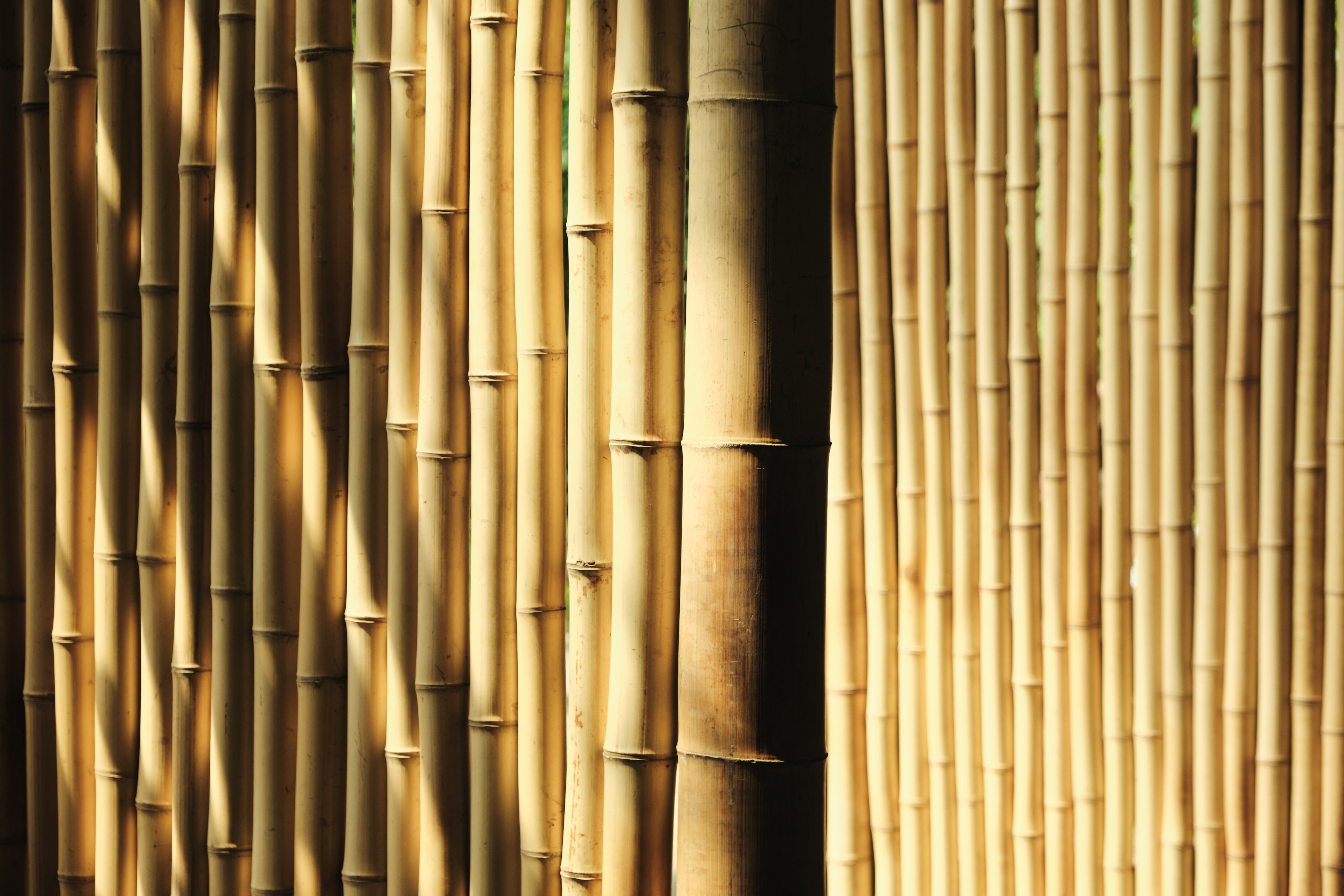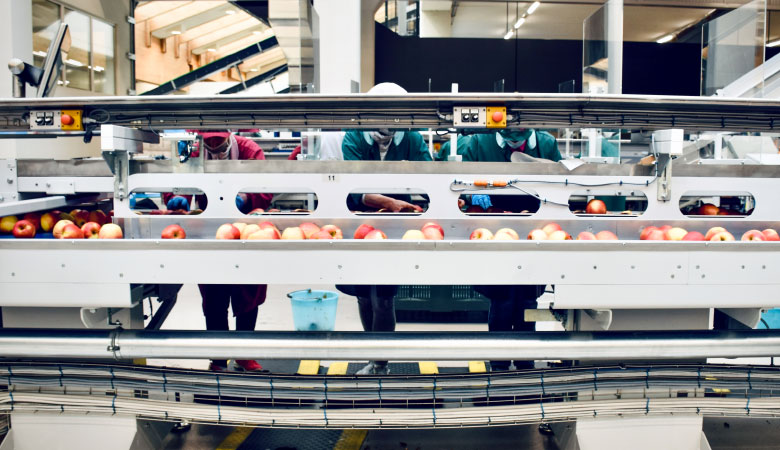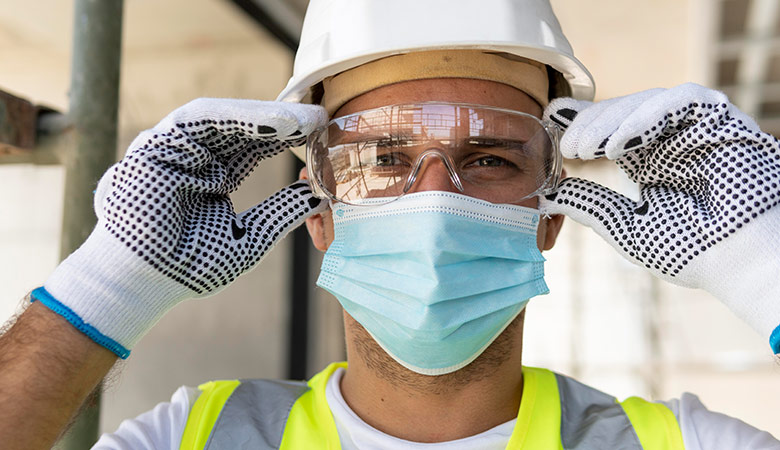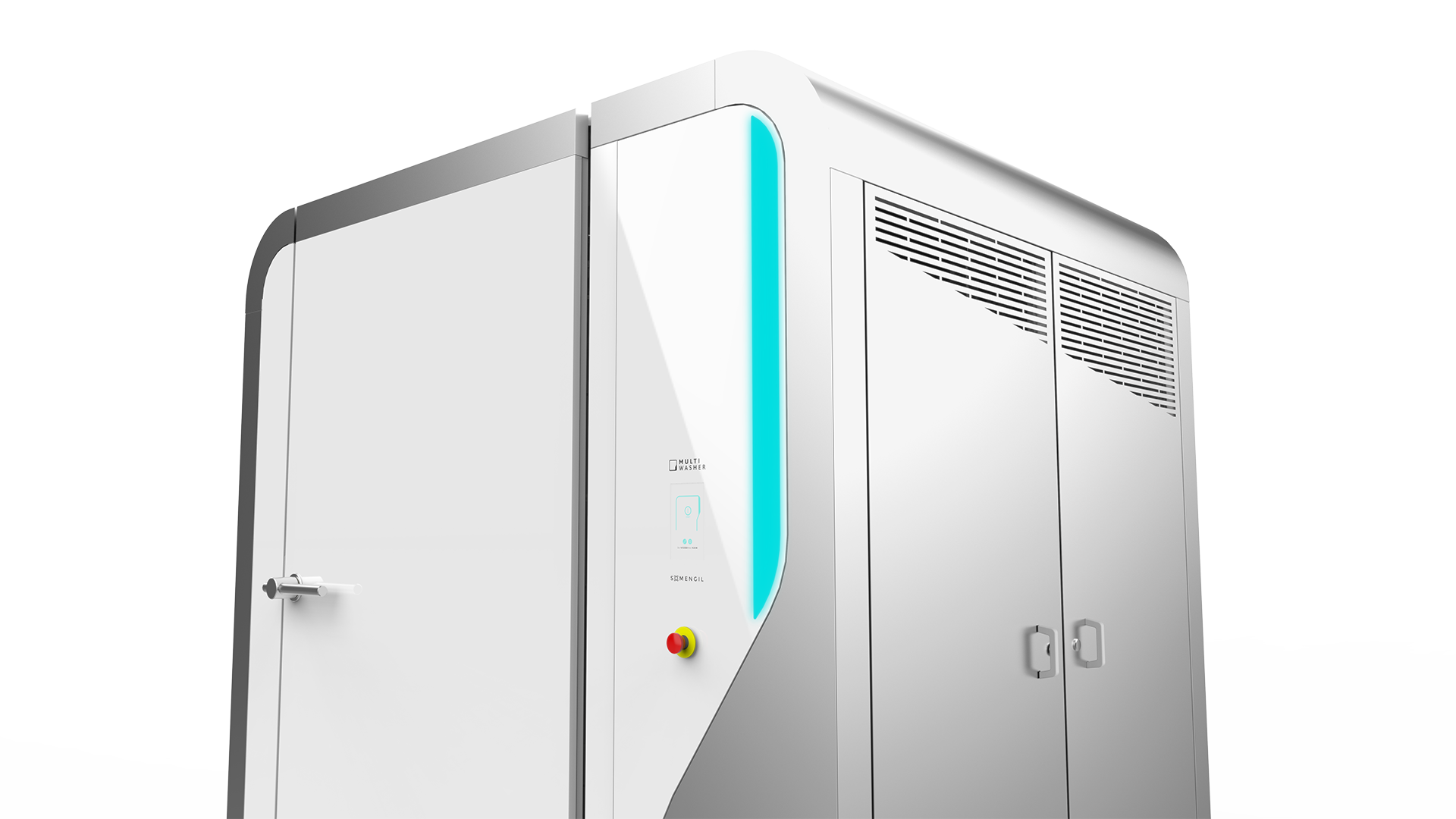Lavagem Industrial / Artigos
See you next time: 7 alternatives to disposable packaging
The proliferation of disposable packaging is damaging the planet. Fortunately, companies have a growing number of reusable, sustainable and cheap alternatives at hand.

 8 minutos de leitura
8 minutos de leitura
2021-10-28 14:47:11
The proliferation of disposable packaging is damaging the planet. Fortunately, companies have a growing number of reusable, sustainable and cheap alternatives at hand.
"Disposable life." The headline on the cover of Time magazine in 1950 ushered in a new era of disposable packaging. The concept spread quickly to homes and businesses alike, eager for a more convenient alternative to handwashing.
Source: Time
The consequences of these choices are all around us. About 79% of all plastic ever produced continues to exist to this day, in oceans, rivers, lakes and landfills. Only 9% was recycled, and the rest was incinerated.
It is up to each individual to reduce the consumption of disposable packaging and find alternatives to plastic.
1. Glass
Glass is a unique material. Made from very abundant natural ingredients, glass dispenses the addition of chemicals or additives - a glass bottle is 100% pure glass. For this reason, this material is one of the best options for packaging food or medicines without risk of contamination.
These packages are sustainable, inert, odorless, and colorless and 100% and infinitely recyclable. Glass is one of the few examples where the same material can be recycled repeatedly without loss of quality.
Glass is also one of consumers' preferred materials - 85% of people prefer glass to plastic. But the benefits continue long after people have lost interest: glass recycling is a closed system that does not create additional waste or by-products.
Where to apply: containers and cups.
2. Stainless steel
Resistant to corrosion, shock and both high and low temperatures, stainless steel is increasingly common in food and beverage packaging. But it is also very easy to clean and available in a wide variety of surface finishes. The fact that brands can polish it adds to the allure.
It is 100% recyclable and even the new objects made from it contain about 50-80% of recycled material. However, stainless steel is not always the cheapest material for an application when considering the initial costs. But durability and ease of maintenance outweigh upfront costs and make this material the cheapest choice in the long run.
For all these reasons, stainless steel is a valuable material that has many uses in a wide range of industries.
Where to apply: cutlery and packaging.
3. Silicone
Silicon is the second most common element in the earth's crust, second only to oxygen. Silicone is a mixture of hydrogen, sand, carbon, and oxygen. Food companies can use in virtually every stage of the food processing cycle.
Silicone is easy to use, safe, odorless, inert, robust, flexible, and durable. It is also more heat tolerant than plastic–you can boil, bake, and cook in these packages without risking deterioration.
It is also a safer option than plastic. Doctors, NGOs and health organizations are unanimous: plastics used in containers can transmit harmful chemicals, such as bisphenol-A, to food and beverages.
Where to apply: plastic bags and packaging.
4. Bagasse
Bagasse is a by-product of sugarcane. Before being processed and transformed into a beverage, bagasse is a pulp and can be used as a biofuel or as a substitute for wood, paper and cardboard.
Concerns about sustainability have led companies around the world to rediscover this material and use it in the production of food packaging, including containers, bowls, plates and cups. Bagasse is 100% biodegradable and compostable.
Under the right conditions, bagasse packages decompose in under four weeks. An ordinary plastic (PET) bottle can take about 450 years to disappear.
Bagasse food containers are also very robust and resistant to both high and low temperatures.
Where to apply: containers, bowls, plates and cups.
5. Bamboo
Bamboo is a natural and renewable material. Because it is very easy to grow, bamboo is one of the best materials for sustainable packaging. Bamboo does not need pesticides or too much water, it eliminates carbon dioxide from the air and has almost unimaginable versatility.
Bamboo is 100% biodegradable, lightweight and durable - more than enough reasons to convince many companies in recent years. Retail giants such as Walmart and Target were quick to integrate bamboo into their operations and products. Dell took things a step further and rethought all their packaging around bamboo. Bamboo products are ecological as long as manufacturers do not add harmful chemicals during production.
Where to apply: brushes, sponges and containers.
6. Mushrooms
IKEA’s decision to produce its packaging from mushrooms caught many in the packaging industry by surprise. But for those familiar with the properties of this material, there were few reasons to doubt its potential.
After all, mushrooms can grow in controlled environments using agricultural waste such as shells or seed as raw material. The process is simple: operators press the desired form and sprinkle it with mushroom spores. After a few days, the spores infiltrate the material and, finally, bind it together. The new material is subject to heat to eliminate the spores and prevent further growth. The result is a perfectly safe container, a durable packaging, and a sustainable choice. Unlike plastic, mushrooms only take a few weeks to decompose.
Where to apply: food packaging.
7. Paper and cardboard
Before the advent of "disposable life", millions of people and businesses wrapped products in ordinary paper or cardboard. It was and still is a safe option and is 100% biodegradable.
However, paper cannot be recycled infinitely. Each time, the fibers become shorter, limiting their use. But it is still a cheap alternative, which is leading many companies to resume the practice of packing on paper or cardboard.
Take Puma, which has been replacing shoe boxes with a more sustainable version without plastic since 2010. According to the brand, this change saves the planet about one million liters of oil every year.
Where to use: bags and packaging.
At Somengil, we are contributing to a less disposable world. According to the U.S.Environmental Protection Agency(EPA), disposable packagingaccounts for nearly half of all solid waste. In 2014 alone, of the 258 million tonnes of urban solid waste, over 63% were packaging materials, and only 35% were actually recycled.
TheMultiwasher is a state-of-the-art washing machine that allows companies to wash any type of utensils efficiently. Thanks to its water filtration and recycling system, the equipment can perform various dishwashers and other equipment using the same water.
Contact us or schedule a webinar.
Também pode gostar

Lavagem Industrial / ArtigosArtigos
How to save energy: 12 best practices for food companies
Electricity is one of the main operating costs for food companies. This is how to save energy with 12 simple best practices.
Postado em 2022-07-21

Lavagem Industrial / ArtigosArtigos
8D Methodology: the power to stop and solve problems
With the 8D Methodology, errors are no longer solved with intuition alone. Find out how this structured approach prepares you for any problem.
Postado em 2022-11-17

Lavagem Industrial / ArtigosArtigos
Occupational Health and Safety: more relevant than ever?
In an organization, dangers lurk around every corner, even if you can’t see them. This is how Occupational Health and Safety can prevent accident...
Postado em 2022-11-10






















 Português
Português English (UK)
English (UK) English (USA)
English (USA) Français
Français Español
Español Deutsch
Deutsch